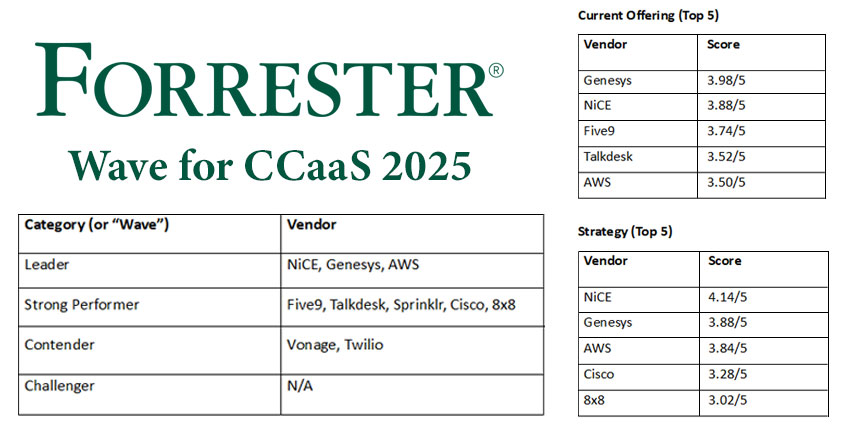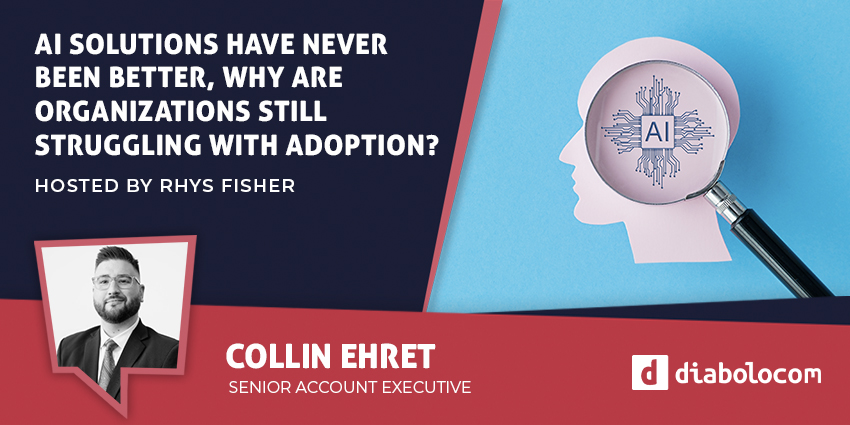Finding the right vendor for your CX automation strategy could be crucial to staying ahead of the curve with your digital transformation project. With a projected value of around $355.44 billion by 2028, the automation market is taking the world by storm.
Today’s vendors offer everything from automated service desks for managing tickets from omnichannel conversation platforms to AI assistants. With the right technology, you not only accelerate and improve your customer service strategy but boost employee productivity too.
As the CX automation marketplace continues to grow, innovators are appearing in all environments to transform how you and your team work. Here are some things to consider when choosing your CX automation vendor in 2022.
1. Automation Features
The first step in choosing an automation vendor is knowing what you want to automate and how you want to transform your workflows. Start by considering which aspects of your current processes and projects hold your team back the most.
Maybe your employees are currently moving into a hybrid environment, and they need a way to troubleshoot their technology issues without relying on technicians; in this case, an automated service desk could be ideal. You may also need to consider whether you want your vendor to simply add Automation elements to your existing technology with apps and APIs or if you wish to build an entirely new tech stack with automation at the core.
The latter option may include looking at CCaaS and UCaaS providers, while the former would focus more on individual application developers.
2. Openness and Flexibility
An open and flexible ecosystem is essential for bringing automation into the workforce today. When you begin implementing new automation options into your workflows, you’ll need to ensure your technology can scale with your team. This will ensure your brand can stay agile as the needs of the organization continue to evolve.
An open and flexible environment will allow you to integrate your new workflows with the existing technology and systems your employees already use. This should make it a lot easier to create complete end-to-end processes with technology.
For instance, if you’re installing a new CCaaS solution with omnichannel routing and other automation tools available, you should ensure that you can also integrate your knowledgebase tools, CRM and help desk technology.
3. Accessibility and Ease of Use
For a while, the concept of “automation” has seemed almost completely unapproachable for many businesses. Like many innovative tools for digital transformation, automation was once a solution reserved specifically for bigger brands with huge budgets. Today, it’s much easier to automate all manner of processes within your workforce, but you still need to choose your vendor carefully, with a focus on accessibility.
One exciting area of CX automation to look at if you’re focusing on ease-of-use is the low-code and no-code environments. These platforms allow any user within a company to build automation and workflows without requiring a lot of pre-existing coding knowledge.
Even if you don’t want to turn your workforce into “citizen developers”, it’s worth looking for tools that make it easy for your business to adjust automation triggers and features. This will ensure you can adapt the technology to your team’s specific requirements.
4. Service and Support
Service and support levels are crucial considerations when choosing a vendor for virtually any technology. While modern low-code and no-code platforms make it easier for companies to implement automations with minimal professional assistance, there’s still a chance your staff could need extra guidance from time to time.
Research the extra help and training your potential vendor can offer before you begin investing in their automation tools. Find out how they’ll help you set up the perfect workflows from scratch, and whether they have existing experience working in your specific industry.
For instance, companies in the finance and healthcare landscapes may need extra support with data management. These teams must ensure any data automatically saved by a contact center, CRM system, or helpdesk is kept secure according to the latest industry standards.
5. Reports and Analytics
Implementing a new solution like automation into your workplace can be an excellent way to improve productivity and generate better customer satisfaction. However, the only way to ensure you’re getting the best results from your investment is with the right reporting and analytics tools.
Make sure the vendor you choose can help you demonstrate your automation elements’ success with reporting components. For a service desk environment, this could include having reports showing how often your teams use your self-service troubleshooting technology or what kind of recurring problems they face.
In the CCaaS environment, reports and analytics on automation can help you see how well your customers are responding to self-service tools for renewing their subscriptions or fixing issues. The more information you have, the more you’ll know where to invest next.
6. Additional Investment in Innovation
The chances are, if you’re already investing in automation tools to make your teams more productive and efficient, you may also be considering other forms of digital transformation too. While there are tools out there that serve a very specific purpose, like automated chatbots designed to solve common customer problems, there are also vendors offering entire stacks of tools and technology.
If you’re looking to upgrade your entire workflow with new and advanced solutions like IoT, 5G connectivity, and AI, it’s worth looking for a vendor who can offer a variety of solutions. There are countless companies offering complete packages of automation and intelligence tools to support teams in the modern world.
For instance, you might invest in a CCaaS vendor that also offers ways to automate workflow management for your hybrid team or automate the routing of conversations to service agents. You can always start small with a basic handful of automations, then upgrade over time.







